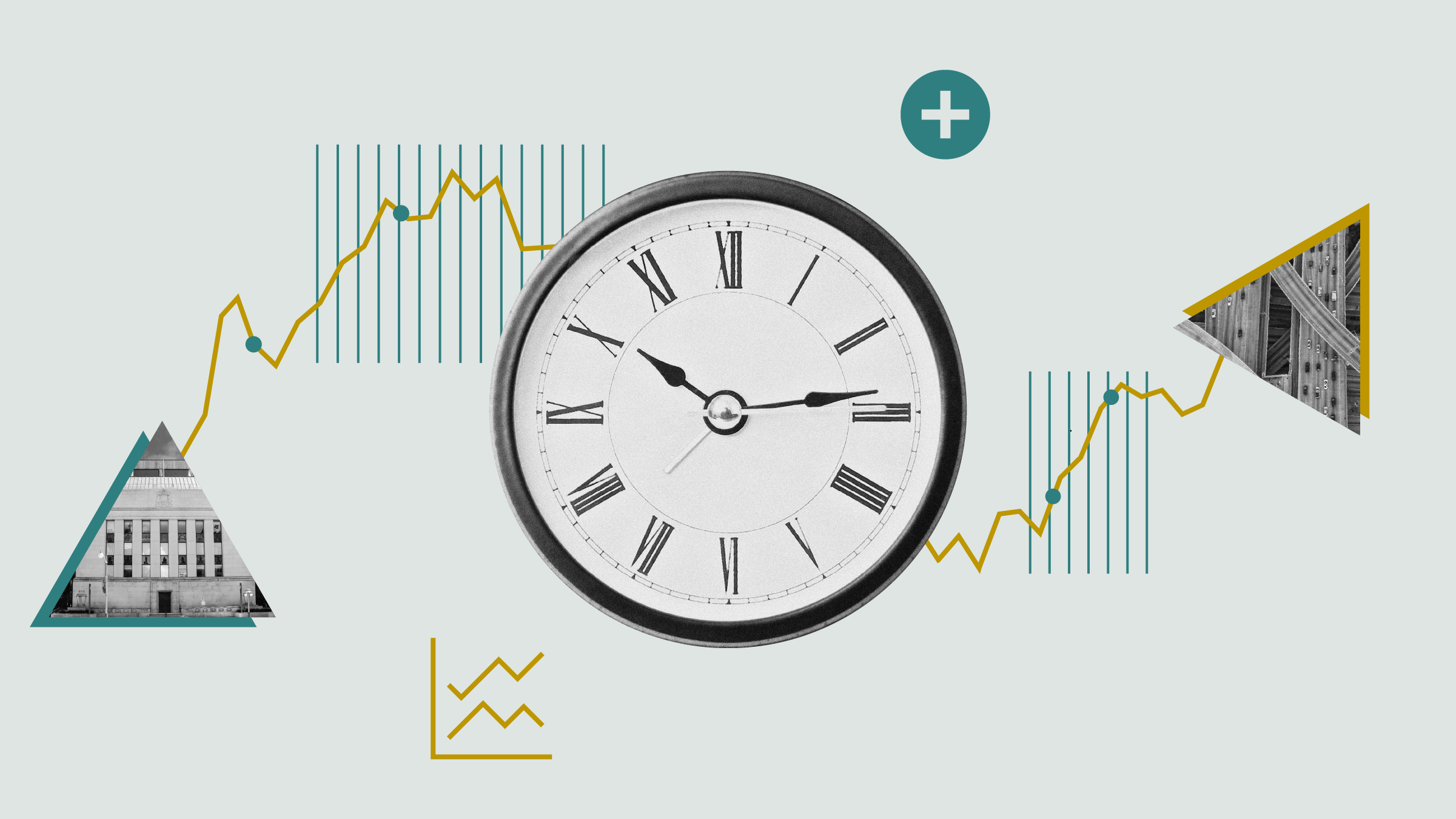Wendy Stein: Beta is one of the Modern Portfolio Theory statistics reported by Morningstar. Beta, along with the other MPT statistics, can help investors assess the risk and return characteristics of investments. You can find them in the Risk section of a fund or ETF's Morningstar Report on Morningstar.ca.
Risk is made up of two major components: systematic risk and unsystematic risk. Unsystematic risks are those that are limited to either a specific company or industry sector. For example, failure to secure government approval for a new drug could hurt a specific pharmaceutical company's profitability and the value of its stock price but would not necessarily impact the value of other pharmaceutical companies' stock prices.
The other type of risk is systematic, or market risk, and it affects an entire market. Drivers of systematic risk are at the macroeconomic level, things like recession, interest rate changes and inflation.
Beta is a measure of market risk. It indicates how sensitive an investment's returns have been to movements in the market over a specific time period. Put another way, it indicates how the investment's value has reacted to either a movement up or a movement down in the market. The market is represented by a comparable benchmark index based on the mandate of the investment -- for example the S&P/TSX Composite Index would be a comparable benchmark for a fund that invested in Canadian equities.
Without getting into the math, Beta is estimated by comparing an investment's excess return – that is, its return over a risk-free rate -- to the benchmark's excess return over a risk-free rate.
A beta greater than 1.0 indicates that an investment has higher systematic risk than the market, which means it tends to see higher returns than the benchmark index in up-market scenarios and lower returns than the benchmark index in down-market scenarios, all other things being equal.
The reverse is true for investments with betas less than 1.0, which have lower systematic risk than the market. They tend to protect better on the downside but underperform in up-market scenarios, all other things being equal.
Beta shows up a lot in investment jargon. For example, to “buy beta” usually refers to buying an investment that provides exposure that's similar to that of an overall market -- for example Canadian equities.
Beta comes with a few significant caveats:
First, an investment's beta value is only useful when it's calculated using a relevant benchmark index. You wouldn't use an equity benchmark to calculate beta for a fixed income fund. Some funds, for example go-anywhere fixed income funds, may not have an obvious benchmark. You can gauge the relevance of the benchmark used to calculate beta with another MPT statistic: R-squared.
A second caveat is that beta assumes that, going forward, an investment's upside market sensitivity or upside potential is the same as its downside sensitivity or downside potential. In practice though, you won't find this sort of perfect symmetry between upside and downside potential for an investment.
It's also important to remember what beta is not. Beta tells us about one type of risk: market risk. It's not a measure of an investment's total risk, and low beta does not necessarily mean an investment has low volatility on an absolute basis. The best gauge of an investment's volatility on an absolute basis is standard deviation.
Beta, along with the other MPT statistics, can be a useful tool when evaluating and comparing investments from a risk and return perspective. Understanding beta, both as investment jargon and as a technical measure of market sensitivity, will serve as a solid foundation for understanding other MPT statistics and investment analytics.
For Morningstar, I'm Wendy Stein.





















